Android 框架簡介
* INFO will be logged. Before you make any calls to a logging method you should check to see
* if your tag should be logged. You can change the default level by setting a system property:
* 'setprop log.tag.
* Where level is either VERBOSE, DEBUG, INFO, WARN, ERROR, ASSERT, or SUPPRESS. SUPPRESS will
* turn off all logging for your tag. You can also create a local.prop file that with the
* following in it:
* 'log.tag.
* and place that in /data/local.prop.
*
* @param tag The tag to check.
* @param level The level to check.
* @return Whether or not that this is allowed to be logged.
* @throws IllegalArgumentException is thrown if the tag.length() > 23.
*/
public static native boolean isLoggable(String tag, int level);
/**
* Send a {@link #WARN} log message and log the exception.
* @param tag Used to identify the source of a log message. It usually identifies
* the class or activity where the log call occurs.
* @param tr An exception to log
*/
public static int w(String tag, Throwable tr) {
return println_native(LOG_ID_MAIN, WARN, tag, getStackTraceString(tr));
}
/**
* Send an {@link #ERROR} log message.
* @param tag Used to identify the source of a log message. It usually identifies
* the class or activity where the log call occurs.
* @param msg The message you would like logged.
*/
public static int e(String tag, String msg) {
return println_native(LOG_ID_MAIN, ERROR, tag, msg);
}
/**
* Send a {@link #ERROR} log message and log the exception.
* @param tag Used to identify the source of a log message. It usually identifies
* the class or activity where the log call occurs.
* @param msg The message you would like logged.
* @param tr An exception to log
*/
public static int e(String tag, String msg, Throwable tr) {
return println_native(LOG_ID_MAIN, ERROR, tag, msg + '/n' + getStackTraceString(tr));
}
/**
* What a Terrible Failure: Report a condition that should never happen.
* The error will always be logged at level ASSERT with the call stack.
* Depending on system configuration, a report may be added to the
* {@link Android.os.DropBoxManager} and/or the process may be terminated
* immediately with an error dialog.
* @param tag Used to identify the source of a log message.
* @param msg The message you would like logged.
*/
public static int wtf(String tag, String msg) {
return wtf(tag, msg, null);
}
/**
* What a Terrible Failure: Report an exception that should never happen.
* Similar to {@link #wtf(String, String)}, with an exception to log.
* @param tag Used to identify the source of a log message.
* @param tr An exception to log.
*/
public static int wtf(String tag, Throwable tr) {
return wtf(tag, tr.getMessage(), tr);
}
/**
* What a Terrible Failure: Report an exception that should never happen.
* Similar to {@link #wtf(String, Throwable)}, with a message as well.
* @param tag Used to identify the source of a log message.
* @param msg The message you would like logged.
* @param tr An exception to log. May be null.
*/
public static int wtf(String tag, String msg, Throwable tr) {
tr = new TerribleFailure(msg, tr);
int bytes = println_native(LOG_ID_MAIN, ASSERT, tag, getStackTraceString(tr));
RuntimeInit.wtf(tag, tr);
return bytes;
}
/**
* Handy function to get a loggable stack trace from a Throwable
* @param tr An exception to log
*/
public static String getStackTraceString(Throwable tr) {
if (tr == null) {
return ;
}
StringWriter sw = new StringWriter();
PrintWriter pw = new PrintWriter(sw);
tr.printStackTrace(pw);
return sw.toString();
}
/**
* Low-level logging call.
* @param priority The priority/type of this log message
* @param tag Used to identify the source of a log message. It usually identifies
* the class or activity where the log call occurs.
* @param msg The message you would like logged.
* @return The number of bytes written.
*/
public static int println(int priority, String tag, String msg) {
return println_native(LOG_ID_MAIN, priority, tag, msg);
}
/** @hide */ public static final int LOG_ID_MAIN = 0;
/** @hide */ public static final int LOG_ID_RADIO = 1;
/** @hide */ public static final int LOG_ID_EVENTS = 2;



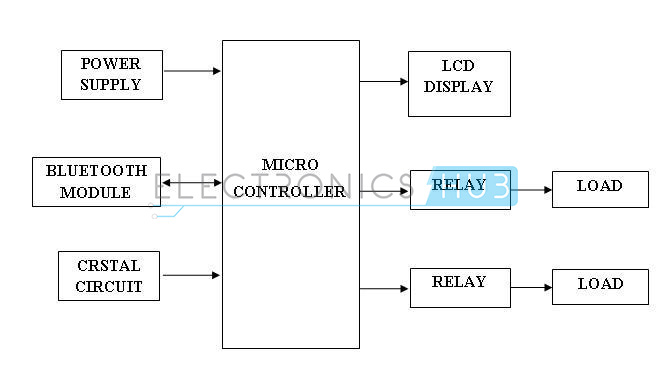
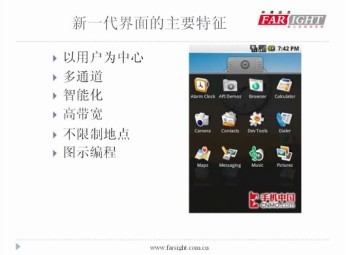


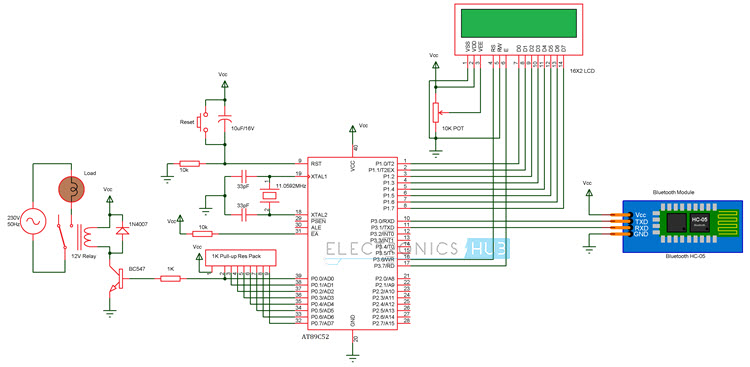



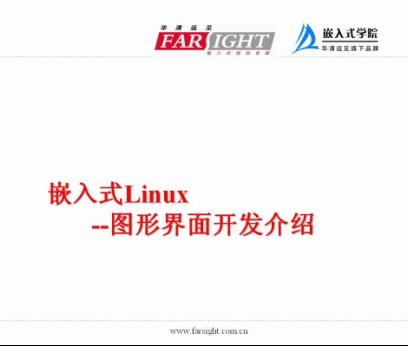

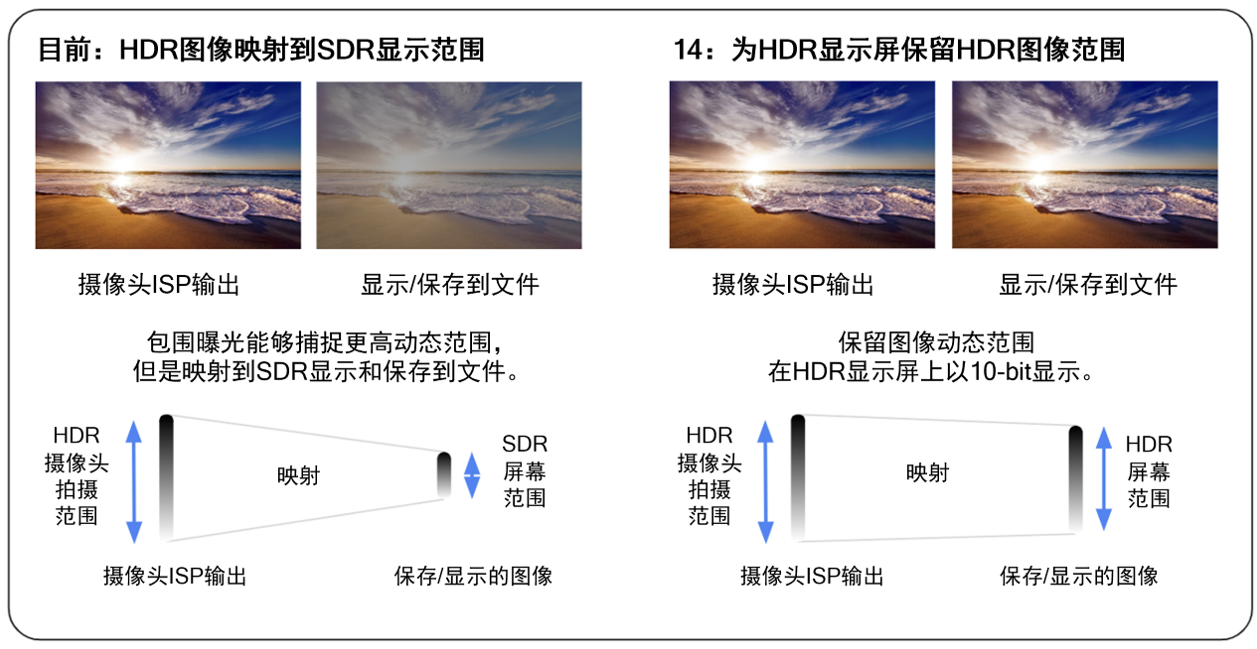




評論